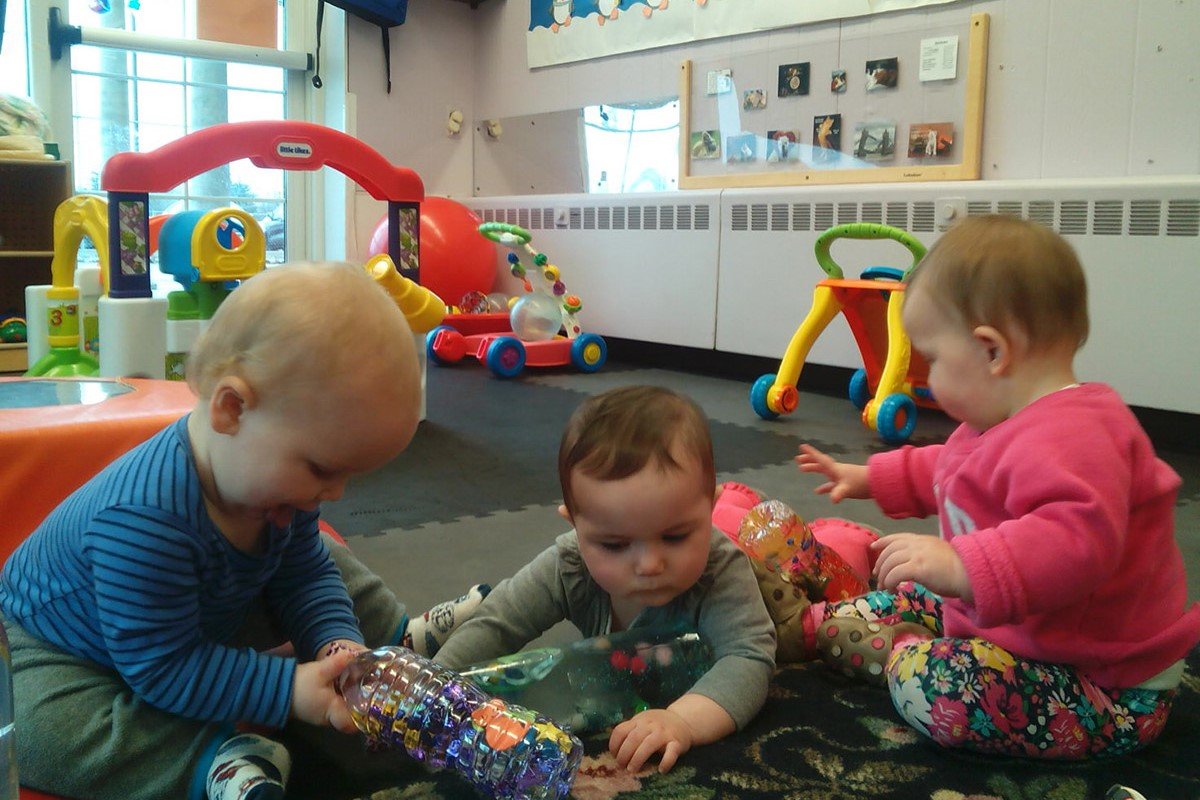What Does Early Childhood Have to Do with America’s Workforce Problem? A Lot, Actually
By Katharine B. Stevens
BLOG
July 5, 2017
American business depends on a strong workforce, now and in the future, to compete and succeed globally. But America is facing an unprecedented workforce crisis: a large and growing shortage of skilled workers. From the banks on Wall Street to the shops on Main Street, the world of work is changing — and our strategies for developing tomorrow’s workforce must change with it.
Business leaders have long understood the importance of a well-educated workforce to support a strong economy, keep America competitive globally, and ensure a vibrant democracy. And they have long played a leadership role in strengthening the education pipeline so crucial to our economic growth and prosperity. Yet mounting evidence suggests that the nation’s K–12 schooling is falling short in preparing new generations for the ever-changing demands of the 21st century workplace.
As I explore in a just-released report (“Workforce of today, workforce of tomorrow: The business case for high-quality childcare”), one root of this problem is that we have underestimated the importance of the earliest years of life.
Research shows that developmental gaps between higher- and lower-income children emerge long before children start school. Gaps have been observed among children as young as nine months old. By 18 months, toddlers from low-income families can already be several months behind their more advantaged peers in language development. One widely-cited study found that by age three, children with college-educated parents had vocabularies as much as three times larger than those of children whose parents did not complete high school — a gap so big, researchers concluded, that even the best intervention programs could, at most, keep the less-advantaged children from falling still further behind.
In other words, many children enter school unprepared to succeed, and schooling largely cannot close initial gaps. Fewer than half of low-income five-year-olds enter school ready to learn, and some are up to two years behind their peers. Achievement gaps between economically advantaged and disadvantaged children widen as they progress through school, resulting in poor academic performance, grade repetition, expensive remedial services, and high rates of school dropout. The long-run economic impact of this ongoing school failure is, as a recent McKinsey report put it, the “equivalent of a permanent recession.”
Like all human development, the education process is cumulative: each stage builds on the prior one. Success in postsecondary education and training depends on a strong high school education. Success in high school, in turn, depends on a strong education in elementary school. And success in elementary school depends on the strength of the foundation laid in early life.
For most of history, that essential foundation was laid largely in the home. But today, an unprecedented number of American mothers are in the workforce, and millions of young children are in paid childcare for a substantial portion of their early years. And while childcare is a necessary support for working parents, it also has a critical impact on children during the most consequential phase of human development.
Childcare is early education, regardless of the building it occurs in or what we call it.
We now know that starting at birth, young children are continuously and rapidly learning — wherever they are and from whomever they’re with. Indeed, the commonly made distinction between “care” and “education” in early childhood is a false one. Childcare is early education, regardless of the building it occurs in or what we call it. The question is only whether it’s advancing or impeding children’s learning.
Extraordinary development occurs from conception to age five, forming the bedrock for lifelong health, intellectual ability, emotional well-being, and social functioning. A broad set of socially and economically valuable skills start developing in children’s very first months, build over time, and are critical determinants of academic and economic success. Although a sturdy base of early skill and ability is not alone sufficient for children’s long-term success, without it, the effectiveness of later investments in education and training are substantially reduced.
The American public increasingly recognizes the importance of early childhood. Almost three-quarters of respondents in a 2016 bipartisan poll identified the period from birth to age five as the most significant for developing a child’s capacity to learn. A full 82% of Republicans, 86% of independents and 98% of Democrats said that “making early education and child care more affordable for working parents to give children a strong start” is important for our country. And almost 80% of respondents said that public investment should be made equally or more heavily in early childhood than higher education.
By laying the crucial groundwork for tomorrow’s workforce and supporting a strong workforce today, high-quality childcare provides a powerful two-generation approach to building the human capital that a prosperous and sustainable America depends on. It supports parents: increasing the completion of postsecondary education, raising labor force participation, increasing workforce productivity, and helping businesses attract and retain talent. It boosts regional economies: enabling parents to work while simultaneously providing jobs and an often-scarce opportunity for entrepreneurship and small-business ownership in the childcare industry itself. And it ensures that children have the chance to develop well and begin kindergarten ready to thrive in school, work, and life.
For American business, advancing high-quality childcare is a winning proposition. It’s a wise investment in America’s future — strengthening business today while building the workforce we’ll depend on tomorrow and for decades to come.
See Also
Report ~ June 21, 2017
Podcast ~ March 4, 2020
Op-Ed ~ January 12, 2017




